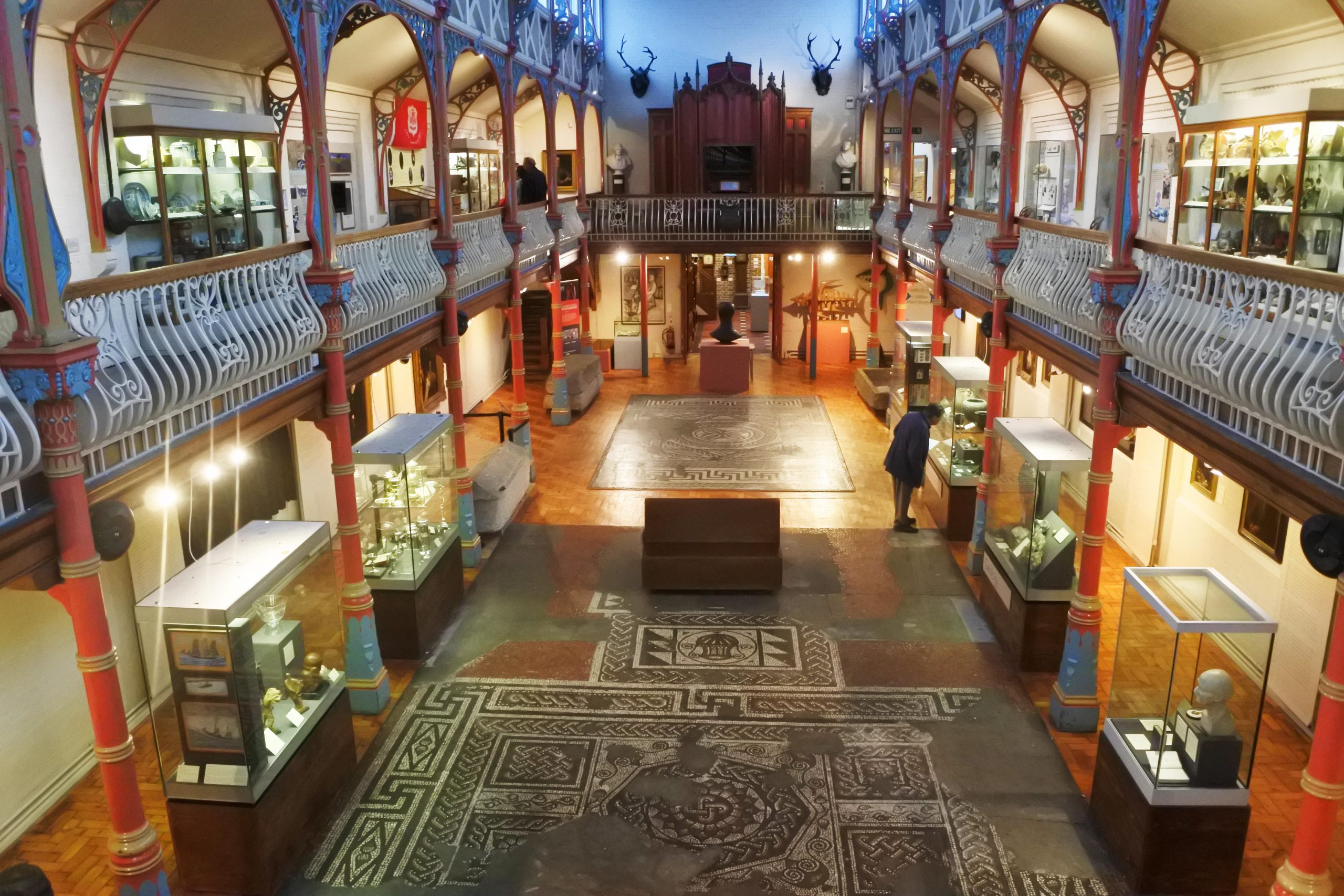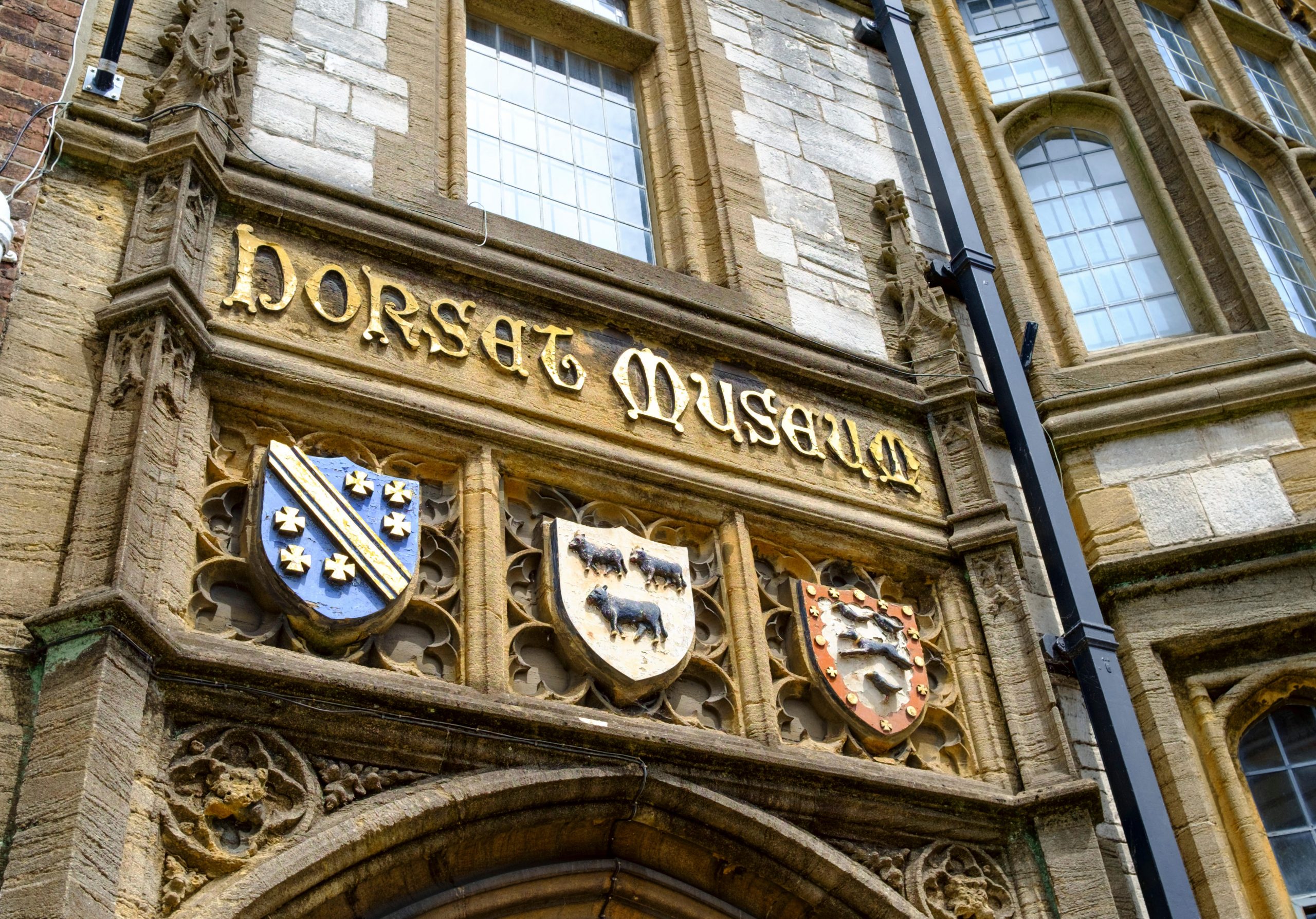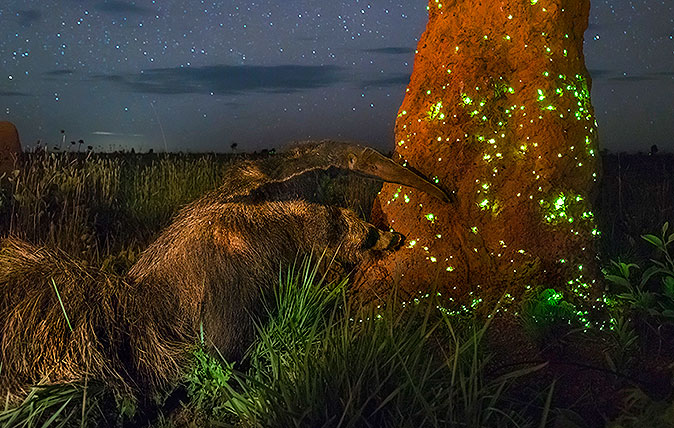Jason Goodwin: The £11 million grant that made my blood run cold (and why I needn't have worried)
A vast windfall for the Dorset Museum gave Jason Goodwin some sleepless nights — but he needn't have worried about the place losing its charm.

When I learned our local museum had landed an £11 million lottery grant, my thoughts returned to a Sussex garden, where we first encountered the extraordinary John Letts.
Our friend called him a campaigning polymath. He set up societies the way a Frenchman might set up mistresses. He saw to it that Trollope was moved to Poet’s Corner, he fostered the Folio Society and established the successful — and necessary — British Empire & Commonwealth Museum, in Bristol. He even set up a foundation devoted to celebrating exceptional museums.
The best museums were recognised with awards, which proved to be his unwitting masterstroke. Suddenly, he found that ambitious museum directors were wooing him with lunches and private tours. Wealthy benefactors diverted funds to his foundation, hoping he might acknowledge their new museum wing. It seemed to his friends that, from the moment Letts woke up to the moment he slept, he was wafted about by invisible hands — the definition of vast wealth. His baths were drawn, his coffee perked, his tea served on the lawn, his chauffeur ready. I exaggerate perhaps, but a little.
Every year, at a gala dinner, Letts’s museums were noticed for their brilliance, their galleries, their exhibitions, their sincerity and their wider contribution to the advancement of mankind. Prizes were given, on the back of which reams of PR people went into overdrive. Banners! Flyers! Promotions! I’m not sure Letts didn’t kickstart the surge in curatorship degrees, which in less than half a century seems to have turned curators from owlish boffins into media stars and pundits.
"It would be interactive, electronic. The creepy old things would be replaced by trigger warnings"
They should have given him an export award. The Museum of the Year Awards were only the beginning. Across Europe, thousands of museums awaited and, soon, grafs and gräfins von und zu, quartered fourfold in the Almanach de Gotha, were munching on their Tyrolean hats in anticipation of Letts’s acknowledgment. It went on very well and continues, I am sure, to bring happiness to all.
However, I have to admit that the lottery’s boost to the Dorset Natural History and Archaeological Society museum made my heart sink. Its exhibits were traditionally identified with dusty typewritten cards and its narrow Gothic windows obscured by illegible placards, behind which lay a library full of satisfactorily musty tomes. Upstairs were rooms devoted to Dorset writers, fossils, Sir Mortimer Wheeler’s 1936 excavations at Maiden Castle and humstrums. The highlight was a galleried Victorian hall, with Roman mosaic on the floor and an eclectic display, from William Barnes’s buckled shoes to lead ingots, embossed with the word MERCY, that were fastened to the feet of prisoners due to be hanged.

When the reimagined museum re-opened, a glance at the website told me all I thought I needed to know, with an image of a bespectacled child staring at a screen. It would be interactive, electronic. The creepy old things would be replaced by trigger warnings.
Exquisite houses, the beauty of Nature, and how to get the most from your life, straight to your inbox.
I have just spent a happy day at the Dorset Museum. The fusty old library has been moved upstairs — to its original position — and the Gothic windows twinkle with the lights of a decent cafe. The Victorian Hall is sadly empty because the light is wrong, but new galleries display, as well as the old treasures, clear expositions of Dorset history, with axes and pottery, sinister Neolithic heads, sedan chairs and Roman drains.
They give prizes for this sort of thing, apparently. I hope they get one.

The Wildlife Photographer of the Year winners are inspiring, funny, uplifting – and shocking
The winning images from the Natural History Museum's 53rd Wildlife Photographer of the Year competition will make you laugh and